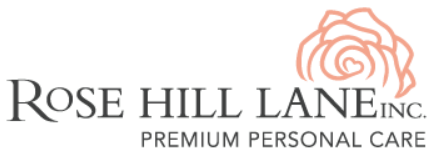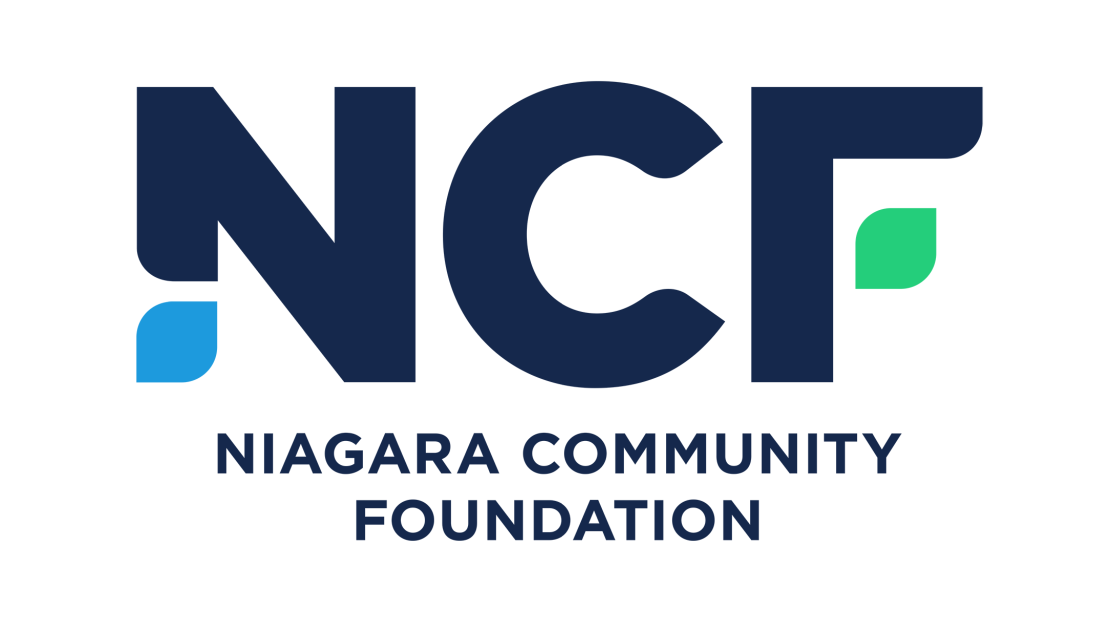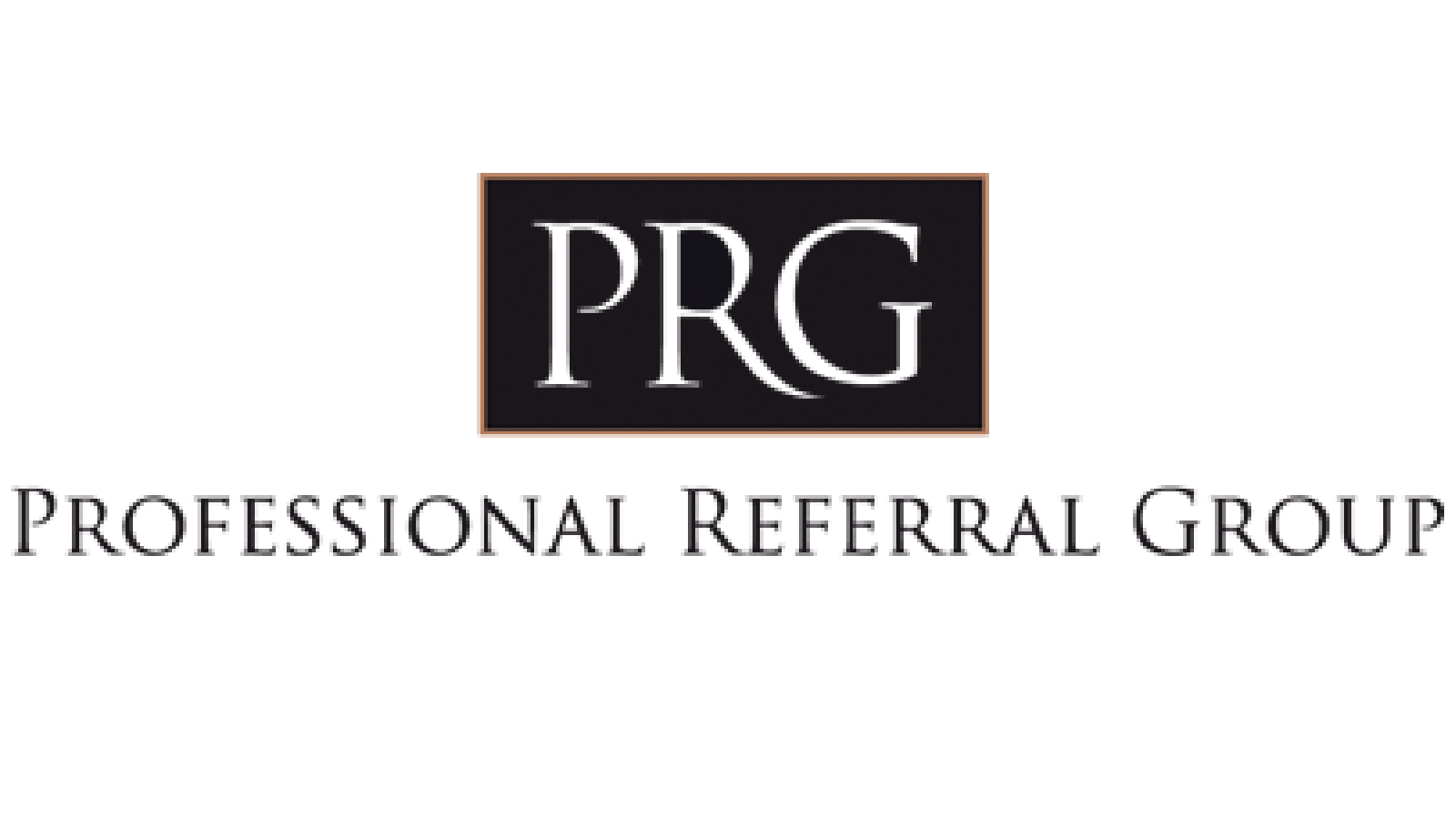Many Canadian parents and grandparents plan to cover at least some portion of costs related to their child’s/grandchild’s post-secondary education. This typically involves contributing to an RESP. Post-secondary education, such as college or university, can help open the door to a variety of career options, higher earnings potential and rewarding occupations. But there’s no guarantee that a child will want to pursue higher education. So what happens if they don’t? More precisely, what happens to the money inside your RESP if your child decides not to pursue a qualifying postsecondary education program?
Before we get into those specifics, let’s first discuss the basics of Registered Education Savings Plans.
ABCs of RESPs
An RESP is an account, created specifically to help parents, grandparents and others save for a child’s postsecondary education. Contributions to an RESP are not tax deductible. However, eligible RESP contributions can earn a matching 20 percent contribution from the Government of Canada via the Canada Education Savings Grant (CESG). Inside an RESP, all investment returns — interest, dividends and capital gains — enjoy tax-sheltered growth. There is no annual limit on RESP contributions, however, there is a lifetime contribution limit of $50,000 per child, and a lifetime CESG of $7,200 for each child.
What happens to your RESP if the beneficiary doesn’t pursue postsecondary education?
The money in an RESP comes primarily from three different sources – your original contributions, matching CESG contributions from the government and investment growth. The distinction between these sources is important because each is treated differently upon withdrawal. If a child doesn’t attend a qualifying postsecondary education program, money can be withdrawn from your RESP as follows:
Contributions – You can withdraw the money you’ve contributed over the years with no tax consequence. Unlike Registered Retirement Saving Plan (RRSP) contributions, RESP contributions are not tax deductible. As such, there are no taxes owing when those contributions are withdrawn.
CESG – You must return this portion to the Government of Canada. Grants are paid by the government to encourage higher education, and as such, if your child doesn’t attend a qualifying educational program, all grant amounts paid into the RESP must be repaid to the government.
Investment growth – This portion, when withdrawn, is known as an Accumulated Income Payment (AIP), and is taxable at your marginal tax rate plus an additional 20% tax. However, the additional 20% tax can potentially be avoided. If you have RRSP contribution room available, you can transfer up to $50,000 AIP from the RESP to your RRSP with no immediate tax consequence. More information on this transfer is available on the Government of Canada website.
Additional considerations
A child who isn’t interested in postsecondary education today may decide to pursue a program of interest in the future. An RESP can remain open for a total of 36 years.
If you have more than one child, and one child doesn’t pursue postsecondary education but another does, it may be possible to transfer the RESP contributions and grants to the child who pursues postsecondary education.
Even if your son or daughter isn’t interested in college or university, there are many other qualifying schools and programs, such as trade schools, hair stylist programs, CEGEPs (Quebec), and other institutions certified by the Minister of Employment and Social Development. For a complete list of qualifying educational institutions, please visit the Government of Canada website.
Bottom line
RESPs are great vehicles for education savings, but keep in mind that an RESP is simply an account – not an investment, and not a comprehensive education planning strategy. What type of RESP should you open, how much should you contribute, what investments should you purchase, and what should you do if your child doesn’t attend school? These are just some of the important issues we can help you address.
This article was written by Edward Jones for use by your local Edward Jones financial advisor, Nicolle Lalonde.
 Back to myNiagaraOnline
Back to myNiagaraOnline
































